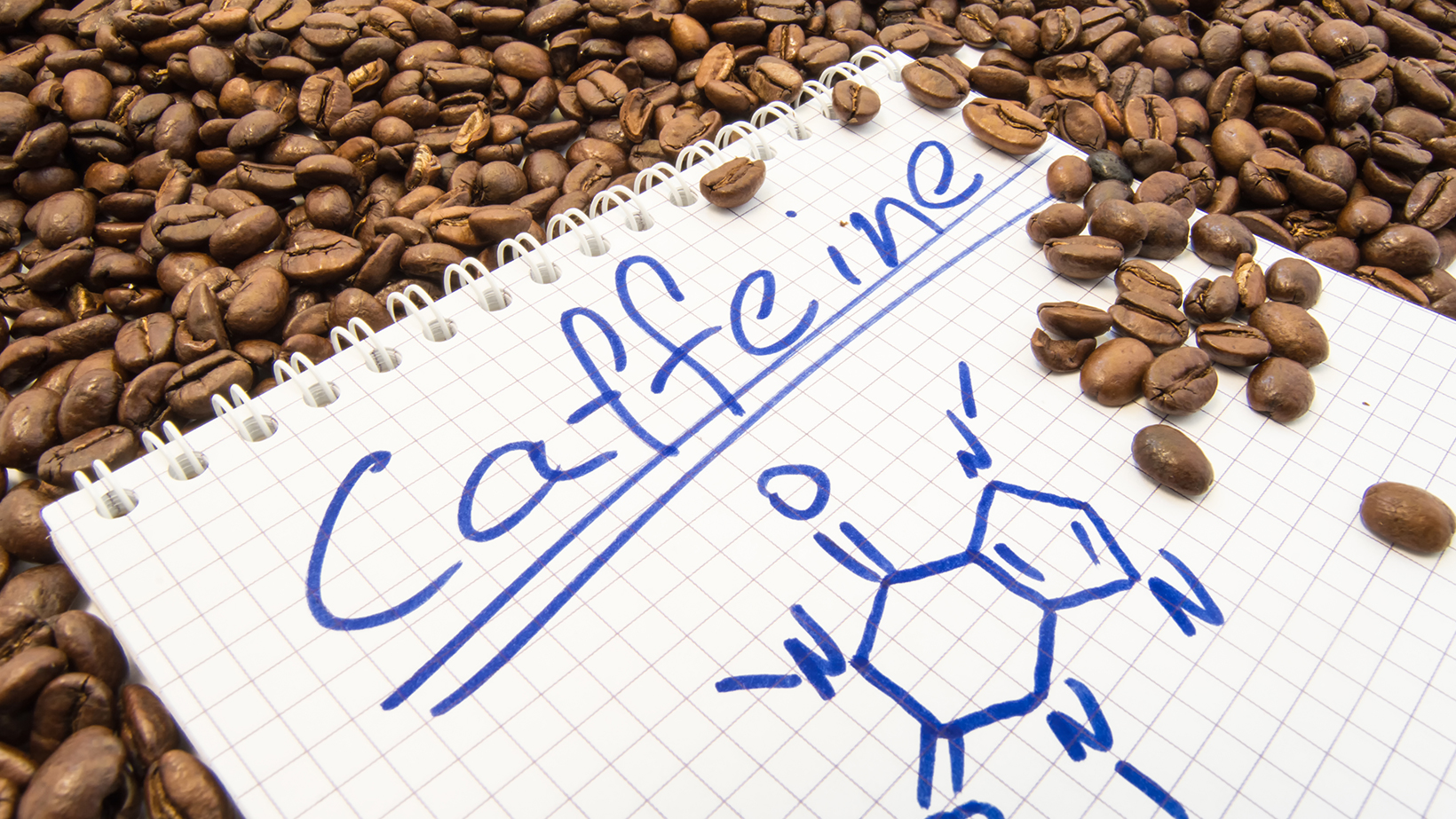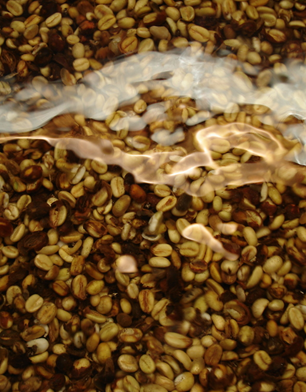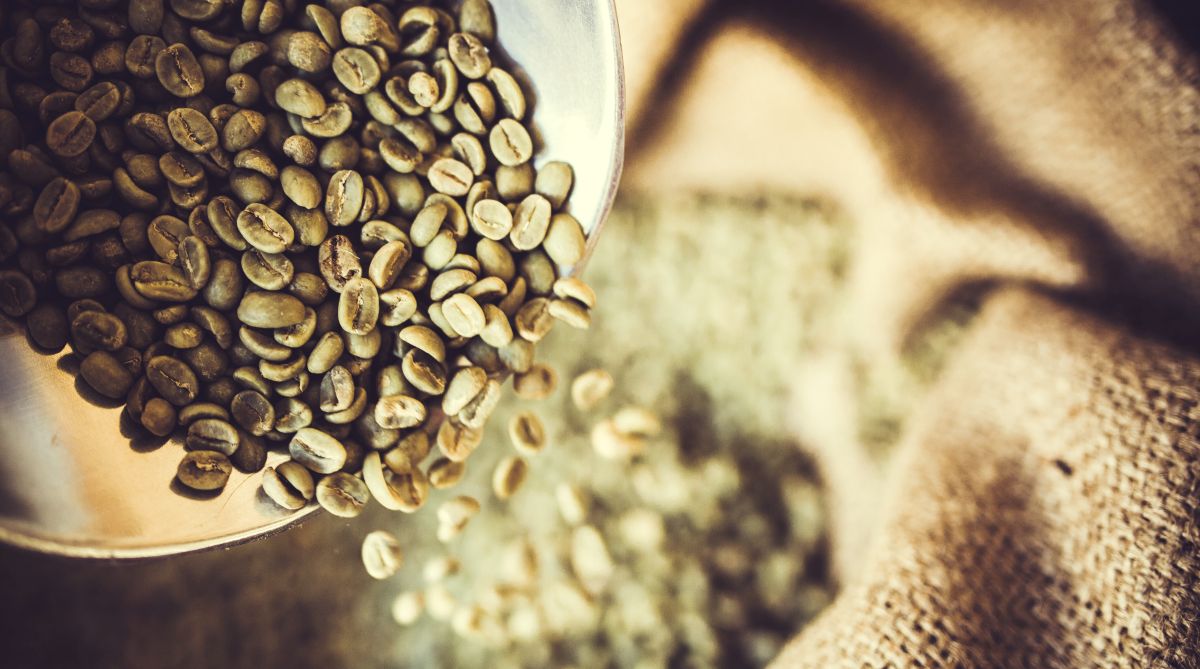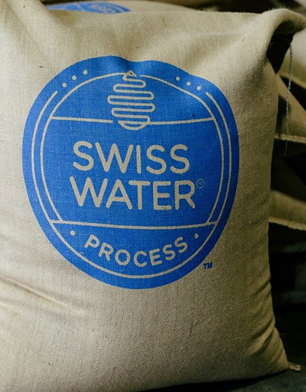The decaffeinated organic coffee

|
Caffeine, that stimulant that attracts us so much and that we like so much, does not really suit everyone. As we know, it affects the central nervous system producing an alert effect and decreases drowsiness, which is why it is usually taken firstly in the morning or throughout the day when we need to be awake. Chemically, caffeine is a natural alkaloid from the group of xanthines that acts psychoactively in our body. It is called caffeine because it was discovered in the 19th century studying coffee beans, but later it was revealed that it was present with other names in tea (theine), guarana (guaranine) and mate (mateine) according to the plants from where it is extracted. |
 |
|
CAFFEINE, THEINE AND GUARANINE
It is scientifically proven that caffeine, theine, and guaranine are, in fact, the same molecule and that they may have some additional alkaloids such as theophylline and theobromine, which are other stimulants, but apart from this, keep in mind that you can increase or decrease your amount of caffeine in different ways.
Without going any further, the caffeine or guaranine of the guarana fruit is more concentrated than that of coffee. Coffee, for example, concentrates more caffeine in the robusta than in the arabica variety. Up to double! Or that the tea and its caffeine or theine are assimilated in the body more slowly giving a calm - alert effect. The same coffee bean can achieve a higher concentration of caffeine depending on the way you prepare it. A filter coffee infused for several minutes expels the highest amount of caffeine to the detriment of an espresso coffee that only extracts a few seconds of caffeine. Thus, for example, a Robusta blend filtered will provide us with much more caffeine than a 100% Arabica bean espresso. These considerations must be taken into account if we want to control our level of caffeine in the body and even reduce it. But how can we do to quit caffeine intake without giving up the taste of a good coffee? |
The most common but least environmentally friendly method is to bathe the beans in methylene chloride |
|
DECAFFEINATED COFFEE
We insist that coffee and caffeine are the molecule and the natural container of both. One cannot exist without the other and vice versa. The last decades have studied the natural way to achieve a varietal crossing of coffee with an almost imperceptible caffeine concentration and there are even some researchers who are studying genetically modifying the coffee plant to obtain a caffeine-free coffee directly in their harvest. These studies have not been able to advance because the coffee plant is very capricious and fortunately nature is very wise. A GMO coffee would be expensive, with a negative environmental impact, and would have little acceptance by coffee lovers. Actually decaffeination as we know it is inevitably made between the harvest of the bean and its roasting. There are three basic methods: |
The only 100% natural way to decaffeinate coffee is by osmosis with water |
|
Extraction with Water.
This is the only totally natural method and the one used for organic coffee varieties. Also known as the Swiss Water Method, in this case the beans are soaked in caffeine-free green coffee water, and by a physical process of osmosis all the caffeine is attracted from the bean. Once dissolved, the beans are dried and roasted. This innocuous method lasts between 8 and 10 hours, a natural time that ensures not only that the use of chemicals are avoided, but also that the preservation of coffee aromas is guaranteed with an efficiency of 99.9%. At Ecolectia, our organic and Fairtrade coffees are naturally roasted and decaf too. That is why fair trade is encouraged to use the decaffeinated from Swiss Water and thus obtain a biodecaffeinated coffee. Our Decaf Tambopata Peru is a variety of Arabica height, already with a low content of caffeine origin, but also decaffeinated only with water, which guarantees that its fruit and tropical wood notes persist once washed and roasted. Regardless of the variety, we still recommend limiting the use of any type of caffeine to adults only and without overexposing younger drinkers. We want to enjoy all the coffees without abusing them. |









Comments
Leave your comment